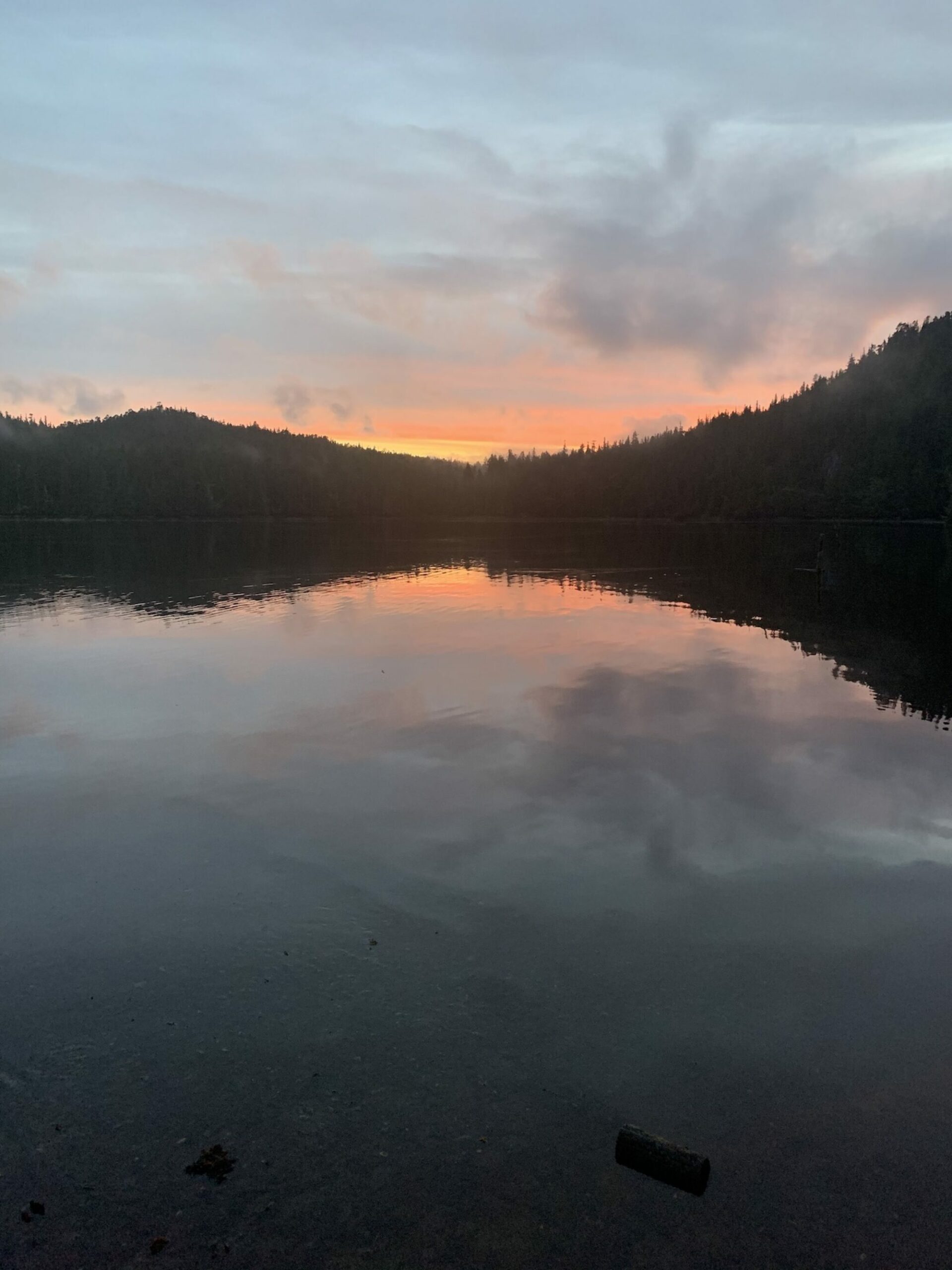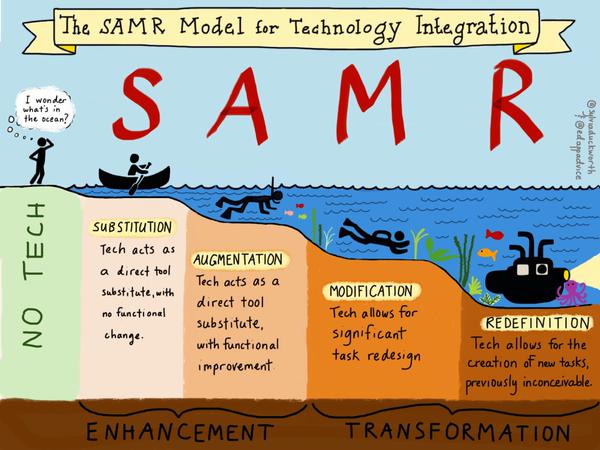This post was co-created with Sarah Williams
When continuing to build on our extended visual metaphor for this assignment we chose to add the moving pieces of teaching as living animals. We chose to use the indigenous representations of wolves by BC artist Michelle Stoney for multiple reasons, first in indigenous mythologies wolf represents a teacher or a guide, wolf is loyal, supports the pack, has courage, is understanding and intelligent. The traits represented by wolf also represents our role as educators and leaders in our learning communities. The three young wolves were chosen to represent learners, the young wolves are mirrors of the adult wolf image showing how learners most often mirror back what we show them through our actions and demonstrate for them. Students learn attitude towards learning by observing the adults around them when we demonstrate positive attitudes towards learning, curiosity, perseverance and an inquiry mindset our students will follow. Using the young wolves also symbolizes how our students go out into the world hopefully as leaders to make a positive impact. We decided to use the tree to represent indigenous perspectives as the tree has both deep roots connected to it’s beginnings and to its home while the trunk climbs ever higher reaching for the sun and the branches spread to cover the forest floor. As educators we are rooted in the soils of philosophy, curricular approaches and designs providing us grounding to reach further with our practice. As we become more experienced, we begin to reach upwards towards the canopy and into the sunlight leading the way for our students and community bringing the best of ourselves and bringing out the best in others. At the same time our branches spread wide creating a network of connections and protecting those who seek shelter and shade. Education is a multi-faceted field and a singular approach seldom allows for the best to be brought out in ourselves and those in our communities. Like our visual metaphor multiple approaches and design elements are needed to create the full picture. There is no single element working isolation, education is a beautiful landscape comprised of a multitude of pieces working together to paint a beautiful picture and a supportive, engaging environment for our learners.
References
First Nations Education Steering Comittee. (n.d.). FIrst Peoples Principals of Learning. Retrieved from FENSC: https://www.fnesc.ca/first-peoples-principles-of-learning/
Stoney, M. (2020). Tree. Retrieved from https://drive.google.com/file/d/19hhunTcysPCN5KNgx9AfCpwgR1TaFKPk/view?usp=drive_link
Stoney, M. (2020). Wolf 2. Retrieved from https://drive.google.com/file/d/1UoFiJHNvK7O5rPdz9715Oxs3A7riMGlJ/view?usp=drive_link




